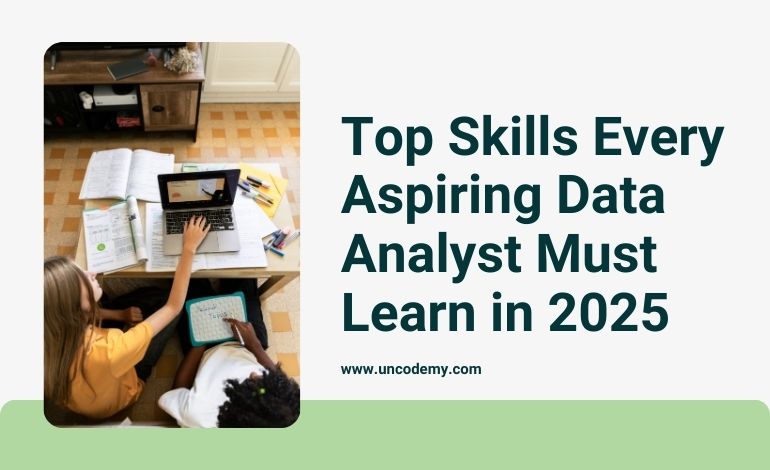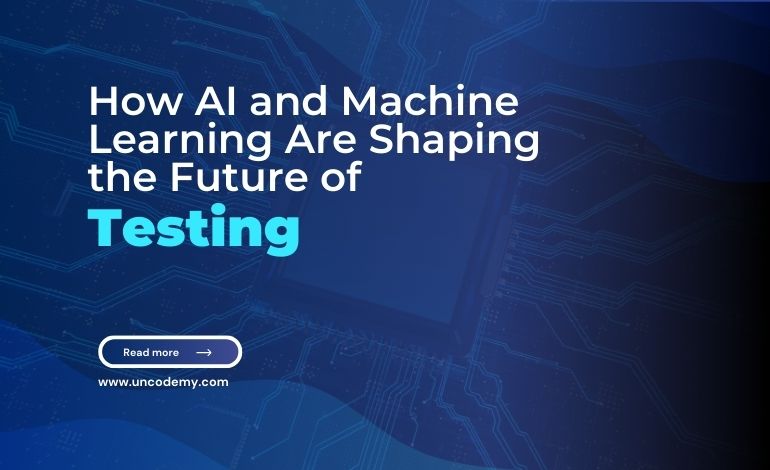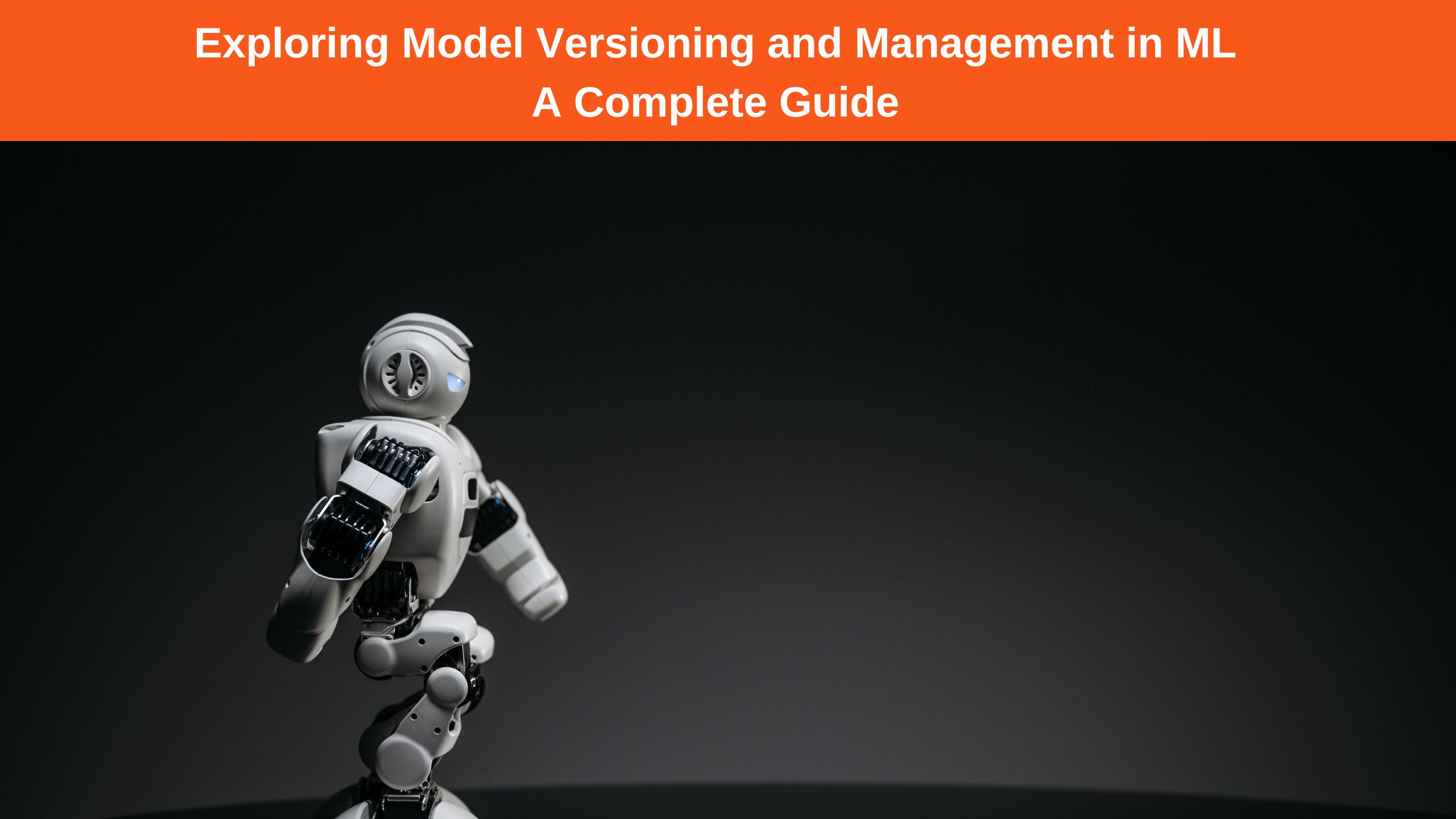Top Skills Every Aspiring Data Analyst Must Learn in 2025

In today’s data-driven world, the demand for skilled data analysts is skyrocketing. Businesses rely heavily on data insights to make informed decisions, improve customer experiences, and stay competitive. For aspiring data analysts, mastering key skills is essential to thrive in this rapidly evolving field. This blog outlines the top skills every aspiring data analyst must learn in 2025, with a special emphasis on essential tools and techniques that will set you apart.
1. Strong Foundation in Data Analysis Techniques
Every aspiring data analyst must begin with the basics of data analysis. These techniques provide the groundwork for tackling complex problems. Key techniques include:
Descriptive Analysis: Summarizing historical data to understand trends and patterns.
Inferential Analysis: Drawing conclusions from data samples.
Predictive Analysis: Using data models to predict future outcomes.
Prescriptive Analysis: Recommending actionable solutions based on data insights.
To get a comprehensive understanding of these techniques, this blog on “Introduction to Data Analysis: Techniques Every Beginner Should Know” offers an excellent starting point. It’s packed with practical insights and examples, making it ideal for beginners.
2. Proficiency in Data Manipulation and Cleaning
Raw data is rarely ready for analysis. Data cleaning and manipulation are crucial skills for transforming messy datasets into usable forms. Aspiring analysts should master:
Handling Missing Data: Techniques like mean imputation or using predictive models to fill gaps.
Outlier Detection: Identifying and addressing anomalies in datasets.
Data Transformation: Reshaping data formats, aggregating data, and creating new variables.
Tools like Python and R are indispensable for these tasks. Libraries such as Pandas and dplyr make data manipulation seamless. Familiarity with these tools ensures efficient workflows and reliable results.
3. Mastering Data Visualization
Data visualization is essential for communicating insights effectively. Analysts must present findings in a clear, visually engaging manner that resonates with stakeholders. Important visualization tools include:
Tableau: For creating interactive dashboards and visual reports.
Power BI: A Microsoft tool that integrates seamlessly with Office 365 for detailed analytics.
Matplotlib and Seaborn: Python libraries for crafting static visualizations.
Proficiency in these tools allows analysts to translate complex data into simple, actionable insights. Additionally, storytelling with data is an emerging skill—learn to weave narratives around your visuals for maximum impact.
4. Data Querying with SQL
Structured Query Language (SQL) remains a cornerstone of data analytics. A strong command of SQL is necessary to extract and manipulate data from relational databases efficiently. Key SQL skills to develop include:
Writing optimized queries.
Joining multiple tables and datasets.
Using aggregate functions to summarize data.
SQL’s versatility makes it an invaluable skill for analysts. Modern data tools like Google BigQuery and Snowflake also rely heavily on SQL syntax, further emphasizing its importance.
5. Statistical Knowledge and Critical Thinking
Data analysts must understand statistical concepts to validate findings and make informed recommendations. Focus on:
Probability and Hypothesis Testing: To evaluate data-driven assumptions.
Regression Analysis: For modeling relationships between variables.
Time Series Analysis: Essential for trend analysis and forecasting.
Critical thinking complements statistical knowledge. By asking the right questions and interpreting results accurately, analysts ensure data-driven decisions are both relevant and reliable.
6. Familiarity with Machine Learning Basics
While data analysts are not typically expected to build complex machine learning models, familiarity with basic concepts is increasingly important. Understand:
Classification and Regression Models: For predictive tasks.
Clustering Algorithms: To group data points with similar characteristics.
Dimensionality Reduction Techniques: Like PCA, for simplifying large datasets.
Python libraries like scikit-learn make it easy to implement these models, even for beginners. Adding this knowledge to your skillset can set you apart in competitive job markets.
7. Data Analytics Tools You Can’t Miss
A successful data analyst needs to be proficient in key tools that streamline analytics processes. Tools to prioritize include:
Excel: Despite its age, Excel remains a powerful tool for quick analyses and visualizations.
Python and R: For advanced analytics, automation, and machine learning.
Tableau and Power BI: For interactive dashboards and presentations.
These tools enable analysts to handle diverse tasks, from basic data manipulation to complex predictive modeling. For beginners looking to build their foundational knowledge, check out the blog “Introduction to Data Analysis: Techniques Every Beginner Should Know.” It highlights essential tools and techniques with actionable examples.
8. Communication and Presentation Skills
Insights are only valuable if they are understood by decision-makers. Aspiring data analysts must excel in:
Writing Clear Reports: Summarize findings in a concise, actionable manner.
Presenting to Stakeholders: Use visuals and narratives to communicate results effectively.
Collaborating with Teams: Work closely with business units to align analyses with organizational goals.
Developing these soft skills ensures your technical expertise translates into meaningful contributions.
9. Staying Updated with Industry Trends
The field of data analytics is constantly evolving. Stay ahead by:
Following Thought Leaders: Keep up with insights from industry experts.
Learning New Tools: Regularly explore emerging technologies like AI-powered analytics tools.
Engaging in Continuous Learning: Take online courses and attend workshops to refine your skills.
Networking within the analytics community is also a great way to stay informed and gain fresh perspectives.
Conclusion
Aspiring data analysts in 2025 must master a combination of technical, analytical, and soft skills to excel in this competitive field. From foundational data analysis techniques to advanced tools and critical thinking, the journey involves continuous learning and adaptation. For those just starting out, exploring resources like this blog on beginner-friendly data analysis techniques is a fantastic way to build a strong foundation.
Enrolling in the best data analytics training course in Delhi, Mumbai, Bhopal, Noida and other cities in India can further enhance your skills by providing practical experience and industry insights. Embrace the learning journey, and you'll be well-equipped to make a lasting impact in the world of data analytics.
Note: IndiBlogHub features both user-submitted and editorial content. We do not verify third-party contributions. Read our Disclaimer and Privacy Policyfor details.







